If you start canoe trips with a sore neck from looking up at the wiggling canoe on your roof racks and worrying that it is making a bid for freedom, then you need to learn the trucker’s hitch knot.
Trust the trucker’s hitch knot to cartop your canoe
First, we need to cover some knot-tying terminology. The free end of the rope is the end we are using to tie the knot. For an overhand loop you pass the free end over itself to make a loop. And a bight is a bend in the rope so it is doubled.
Begin by making sure you have a set of sturdy roof racks set as far apart on your roof as possible. You’ll also need two three-meter lengths of rope (avoid the braided, yellow polyproylene cheap stuff). Tie one end of the rope to the rack using a bowline (you remember: the rabbit goes up the hole, around the tree and back down the hole). Then, throw the free end of the rope over the canoe. Apologize if in doing so you have put out your partner’s eye.
4 steps to secure your canoe
- Make a small overhand loop about a foot above the gunwale
- Take the bight of a few inches in the free end and push it up through this loop.
- Pass the free end under your roof rack and back up through your bight
- Pull down on the free end. The bight will act as a pulley as the tightening rope slides through it. In this way you gain a mechanical advantage to tighten the rope. Pass the rope under the roof rack and tie a half hitch around all three lengths of rope.
Finish the knot with a second half hitch, or however many you need to feel good about passing a truck into a headwind.
The trucker’s hitch is so effective and reliable that you’ll soon find yourself using it for things like erecting your campfire tarp and a dozen other uses where you need a taut rope.
Doug Scott teaches at New Brunswick Community College in Saint John.
Hitch it! | Feature photo: USCG PTC Developer/Wikimedia Commons



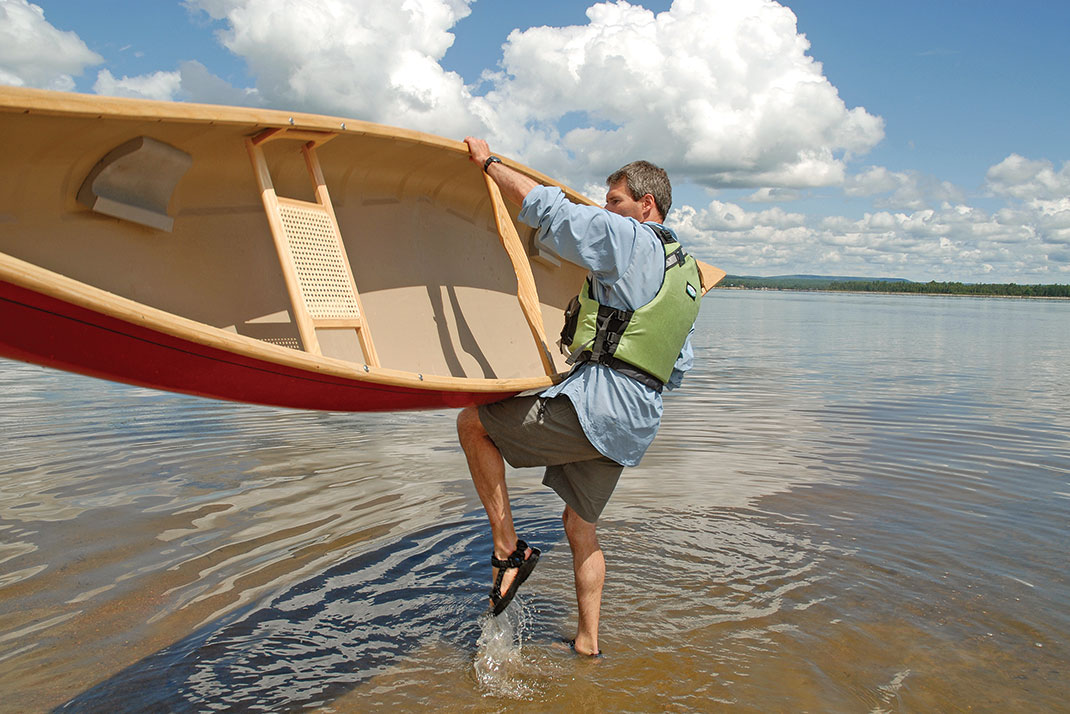
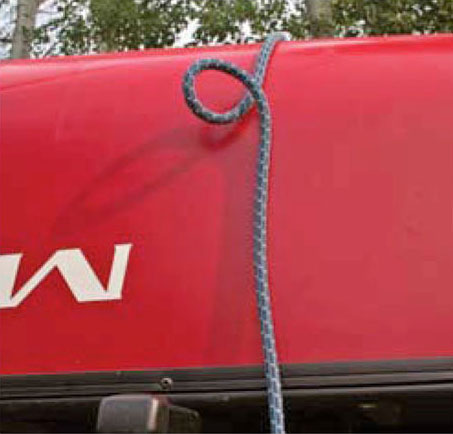
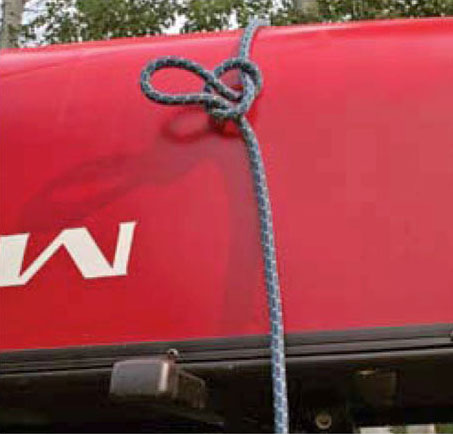
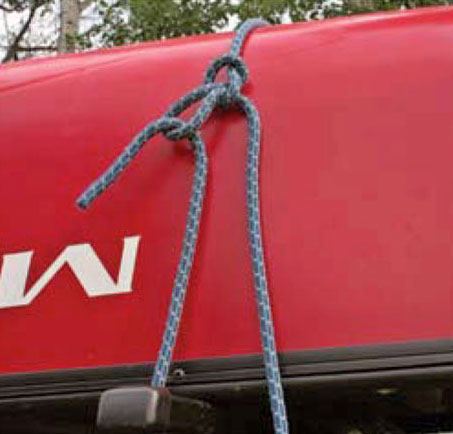
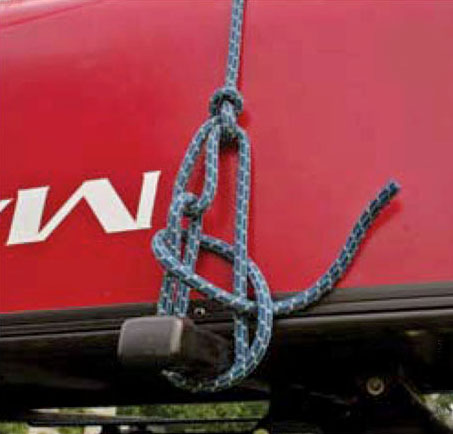

 This article was first published in the Fall 2007 issue of Canoeroots Magazine.
This article was first published in the Fall 2007 issue of Canoeroots Magazine. 
Pro Tip: In step one, give your overhand loop an extra twist or two before passing your bight through it and when it is time to unload at the end of your journey this slip knot loop will untie much easier after it has been put under a load.